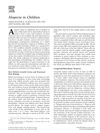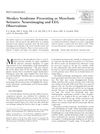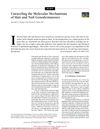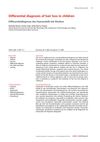Copper Loading Studies in Brindled Mouse Hemizygotes and Heterozygotes
April 1981
in “
Pediatric research
”
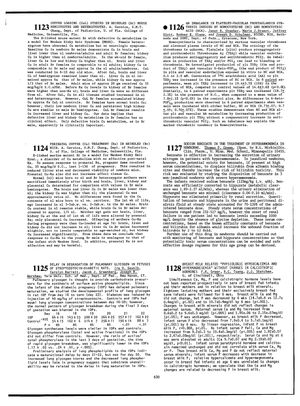
TLDR Copper treatments increase copper in all tissues, but brindled female mice accumulate much more copper in their kidneys without clinical effects, unlike brindled male mice where brain copper deficiency is clinically significant.
The document reports on a study of copper metabolism in the Br (brindled) mouse, which serves as a model for Menkes Kinky Hair Syndrome (MKHS), a genetic disorder affecting copper levels in the body. The study found that newborn Br male mice had lower copper levels in the brain and liver but higher levels in the kidneys compared to normal mice. Adult Br female mice had normal brain copper levels but low liver copper levels as newborns and persistently high kidney copper levels, similar to male Br hemizygotes. Copper loading (CuL) studies were conducted on 6-10 day old mice, and after CuL, the brain and liver copper levels of hemizygotes remained lower than normal. Adult mice treated with copper showed increased copper levels in all tissues for both normal and heterozygous mice, but Br females accumulated about 8 times more kidney copper than normal controls after CuL. The study concludes that while Br females have normal brain copper levels, their abnormal liver and kidney copper metabolism does not have clinical effects, suggesting that only defective brain copper metabolism, as seen in Br male mice, is clinically significant.
